
Nitro Amino
1.00EGP 0.00EGP
Installation:
Free amino acids: 45%
Nitrogen:20%
Compound benefits
Nitroaminofertilizer in the form of a paste contains a high percentage of amino acids and nitrogen in a free form that is easily absorbed by all vegetable and fruit crops to stimulate metabolism and increase plant energy.
Nitroamino is characterized by providing the binding energy between amino acids necessary to bind together amino acids, enzymes, and carbohydrates, thus increasing their concentration within the plant.
Nitroamino reduces the effect of stress resulting from high temperature or frost
Nitroamino significantly increases vegetative, flowering and fruit growth, as it helps in the formation of auxins and hormones responsible for the elongation process in the stems, as well as the growth of buds and the formation of flowers and nodes.
Tetroamino significantly increases per-acre production
Dosage and rate of use:
Nitroamino is added at a rate of 1-2 g/liter of water
Based on 0 reviews
|
|
|
0% |
|
|
|
0% |
|
|
|
0% |
|
|
|
0% |
|
|
|
0% |
Related products
An insecticide (growth regulator) that combats many insect pests
Preserves the environment and vital enemies
The ideal solution to increase yield, improve quality and suitability for export
Compatible with control programs
Chemical group
Benzoyl Urea
Method of influence
X-chitin affects contact and is contagious
It is very effective on all larval stages, whether recent weather or advanced larval ages, so their life cycle is not completed. It also affects about 25% of the eggs so they do not hatch, and it affects the pupae, resulting in deformed butterflies. It affects the butterflies so they do not lay eggs or lay abnormal eggs. impregnated
Ags Chitin works to inhibit the formation of the chitin layer, so the moulting process of the worms stops, and thus the worms cannot move from the larval age at the time of treatment to the next larval age. The worms stop feeding within hours, damage to crops stops, and they die within two days.
X-Chitin is a modern chemical group that has a great effect and effectiveness on insects (especially Lepidoptera worms).
X-chitin has gained immunity from other compounds: creatine, phospholipids, pyrethroids, and moult inhibitors.
Pre-harvest period, usage rate, crop pest
14 days, 160 cm/acre, sugar beet cotton leaf cycle
Global recommendations:
Usage rate: crop lesion
14 days, 40 cm/100 liters of water, grape fruit cycle, grapes
21 days 160 cm / water Butterfly potato tubers Potatoes
7 days, 160 cm/water, fruit worms, vegetable cycle, tomato cotton paper cycle
160 cm/acre eggplant stem borer
160 cm/acre cotton cabbage leaf cycle
40 cm/100 liters of water, citrus flower cycle, made by citrus agreement
Zero mixed 160 cm Cymex + 1-2 liters of food attractant / per acre (distributed into 40 lethal packages attached to trees, peach fruit plants
350 cm/100 liters of water or 500 cm/acre injected with drip irrigation Olive flies Olives
96 in stock
Installation:
Ammonium nitrogen: 1.36%
Nitrate nitrogen: 8.45%
Calcium: 10%
Total nitrogen: 10%
Compound features:
Supercalcium carbonate: an energy compound that works to liberate calcium so that it becomes a cation
Which facilitates and accelerates its rapid absorption and entry into the plant. Also, the presence of the element in the form of a free cation makes the element work within the plant in functional tasks quickly, which reduces calcium deficiency and prevents the appearance of symptoms of calcium deficiency on the plant. Supercalcium chloride increases the plant's immunity against fungal infection.
Supercalciumporer (salt repellent)
The presence of the calcium element in the compound in the form of a free cation facilitates and accelerates the association of the calcium element with chlorine and the expulsion of the sodium element, which is washed through the irrigation water.
Installation:
Phosphorus: 9%
Potassium: 47%
Compound benefits
Phos-potassium fertilizer is characterized by its rapid absorption, therefore, because the elements are loaded with amino acids, carboxylic acids, and monosaccharides.
The compound is characterized by the presence of phosphorus in two forms: phosphate as a nourishment and phosphate as a prevention and treatment of
Fungal diseases such as: downy and powdery mildew diseases in onions, cucumbers, cantaloupes, and grapes
Phytoncera fungal diseases, such as: late blight in potatoes and tomatoes
Pythium and Fusarium fungal diseases on: vegetable and fruit seedlings (root rot)
It also contains potassium, as well as zinc and magnesium. Therefore, the potassium phosphate compound has a major role in plants, especially in raising the plant’s immunity. Potassium phos fertilizer also works to increase the efficiency of the process of flowering, setting, and growth of the fruit stage in different crops, which increases the size of the crop and the quality in terms of color. The shape and taste
Dosage and frequency of use:
Application and time of use, usage rates and yield
Foliar spraying every 7 days during the crop growth period (vegetative, floral, fruitful) 1-3 cm/liter of water for vegetables
(tomatoes - potatoes - onions - cucumbers - cantaloupe)
Fertilizing with water. Irrigation 3 days after transplanting. Repeat 2 times a week. 1-1/2 liter/acre. Vegetables (after transplanting)
Foliar spraying every 7 days during the period of vegetative growth, flowering, and fruiting. 2-4 cm/liter of water for fruit and ornamental plants.
The addition is made with head water every 10 days during the growing season, 5 cm per 8 liters for fruit seedlings and ornamental plants (seedlings).
Installation:
نيتروجين : %6
فوسفور: 6 %
بوتاسيوم: 43 %
Benefits of the compound:
Compound benefits
Manufactured from high-quality raw materials that are soluble and quickly absorbed
.سماد يحتوي عالي نسبه عالية من البوتاسيوم غني بنترات البوتاسيوم سريع الذوبان والامتصاص لذلك يسخدام في تحجيم الثمار وزياده الانتاج
.سماد مصدر الفوسفور سريع الذوبان والامتصاص
. High-purity crystalline fertilizer that is completely soluble in water
.حامضى التاثير مما يزيد من صلاحية العناصر الصغرى والكبرى للامتصاص
. يزيد التفريع في كل من شتلات محاصيل الخضار والفاكهة
Usage rates
| stage to use | Dosage (kg/acre/day) | The crop |
| Immediately after transplanting | 2-3 | Vegetables |
| Before flowering | 2-4 | the fruit |
| Branching stages | 1.5-2 | Field crops |
Installation:
Nitrogen:20%
%phosphorus: 20
% Potassium: 20
Compound features
X-Press is an integrated ground and foliar fertilizer that contains a group of macroelements and microelements that are quickly dissolved and absorbed
X-Press contains nitrogen, phosphorus and potassium in pure, easily absorbed forms, so it increases the total. The vegetative
X-Press treats the symptoms of macro- and micro-element deficiency in plants. X-Press reduces stress resulting from heat and frost
Usage rates
| stage to use | Dosage (kg/acre/day) | The crop |
| Immediately after transplanting | 2-3 | Vegetables |
| Before flowering | 2-4 | the fruit |
| Branching stages | 1.5-2 |
Field crops |
89 in stock
Installation:
Nitrogen 5%
Potassium: 18%
Compound features:
Which gives the compound the following advantages K Which gives the compound the following advantages
Ease of absorption of the element, as the plant depends on absorbing the element through cation exchange, and this means that the plant takes full advantage of all the amount of potassium present in the Joker Safety, in a short time.
Absorption of the element and its entry into the plant in the form of a cation K Free means that the element performs its function inside the plant, which is the process of transporting nutrients inside the fruits. This is what distinguishes Joker Safety fertilizer and makes it give quick results immediately after fertilization, and the speed of storage in the fruits as a result of fertilization with Joker Safety gives quick and noticeable results in sizing the fruits.
It gives the plant all its potassium needs from the day of planting until harvest, without the need to add any other source of potassium.
:معدالات the use
Half a liter to 3 liters per acre, depending on the age of the plant
Installation:
Nitrogen:12%
Phosphorus: 12%
potassium:12%
Compound benefits
Vera fertilizer is characterized by containing balanced proportions of the major elements: nitrogen - phosphorus - potassium in the form of an easy-to-absorb grain. It is also loaded with a high percentage of amino acids, monosaccharides, and carboxylic acids, which expand and facilitate the absorption of major and minor elements through the leaves. Vera excels
A- With a high percentage of nitrogen, which facilitates foliar absorption and helps in the formation of a strong vegetative system.
2- The presence of a high percentage of phosphorus, which plays an important role in the flowering process and also works to warm the plant
3- Potassium, which facilitates foliar absorption, plays an important and major role in transporting nutrients to and from the cell. It also helps in the absorption of water, which increases the size of the fruits and the speed of their ripening. Stress over the news
Vera fertilizer contains amino acids that help the plant form a high concentration of hormones and enzymes and reduce the effect of...
Usage rates
Times of use: Drip irrigation, foliar spray per 100 liters of crop water
3-5 times 1 liter/acre 50-150 cm vegetables
4-6 times 1-2 liters/acre 50-200 cm of fruit
chemical composition
Nitrogen:12%
Calcium: 20%
Compound features
Calcium nitrate: A liquid fertilizer that contains calcium in the form of calcium nitrate. Therefore, it is an easy-to-absorb fertilizer for plants and treats calcium deficiency.
Liquid calcium nitrate fertilizer is used through modern irrigation methods, as well as sprayed on the leaves*
The importance of calcium for plants
Calcium plays a major role in the process of assimilation of enzymes and neutralizing the acidity of the alkaline solution
Calcium plays a major role in resisting some diseases that affect plant leaves by nourishing the cell walls
Calcium gives good characteristics to fruits in terms of shape, storage and marketing
Usage rates
Ground use: from 10:2 liters/acre, depending on age and type of crop
Foliar use: 2-3 cm/liter of water during the vegetative, flowering and fruiting growth stages
مكونات السماد
|
العناصر |
التركيز ( % ) |
|
الفوسفور ( p ) |
15 % , 12.5 % |
|
الكالسيوم (CaO) |
4.5 % |
| الكبريت (S) |
2.5 % |
يعتبر من اكثر الاسمدة الفوسفاتية استخداما فى مرحلة تجهيز التربة قبل بداية الزراعة وفى بداية موسم النمو لمختلف انواع الاشجار نثراً على سطح التربة
ثم يخلط مع طبقة سطح التربة أثناء الحرث حيث يتميز بأنه سماد ذو تأثير ممتد المفعول يحتوى على عنصر الفسفور الضرورى للنبات كما يحتوى على الجبس
والذى يعتبر مصدر امداد النبات بعنصر الكالسيوم بالاضافة الى تأثيره المفيد فى زيادة نسبة الكالسيوم المتبادل وبالتالى تحسين الخواص الطبيعية للتربة
أهمية إستخدام المركب
غذاء رئيسى للنبات له تآثير طويل المفعول
يوجد الفسفور فى صورة سهلة الإمتصاص عن طريق الجذور مما يؤدى إلى زيادة نسبة الإنبات والإزهار
الفوسفور يحسن من جودة الثمار والخضر والحبوب و إمتلاء القرون فى البقوليات
الفسفور عنصر هام فى جميع التفاعلات الإنزيمية اللازمة لتكوين وترحيل المركبات الكربوهيدراتية مما يزيد من جودة المنتج
الفسفور عصر هام فى عملية التمثبل الضوئى والتنفس ونقل وتخزين الطاقة داخل النبات
الفسفور أحد المركبات الهامة فى نواة الخلية و ذلك لأن وجوده أساسى لإتمام عملية إنقسام الخلية
يساعد على سرعة النضج و تكوين البذور
الكالسيوم عنصر هام فى مقاومة النبات للملوحة
الكبريت عنصر هام فى تنشيط العقد البكتيرية مما يرفع من معدلات تكوين البروتين
يخزن لمدة طويلة دون أن يتحجر
يخدم الأرض لأكثر من محصول على مدار السنة الزراعية
يخلط مع الاسمدة العضوية والكمبوست و لا يخلط مع معظم المبيدات
مواعيد و طرق التسميد
يضاف السماد خلال مراحل النمو الأولى للنبات لزيادة و تقوية المجموع الجذرى
يضاف فى مرحلة تكوين البراعم الزهرية لتحسين الأزهار والعقد
يستخدم لجميع المحاصيل الحقلية و محاصيل الخضر و الفاكهة
بالنسبة للمحاصيل الحقلية والخضروات المحمية و المكشوفة
ينثر السماد بصورة منتظمة فى الحقل خاصة قبيل الحرثة الأخيرة بمعدل من 4 – 6 شكاير للفدان (200-300 كجم/فدان)
بالنسة لأشجار الفاكهة
يوضع السماد قبيل جريان العصارة فى النبات أى فى نهاية فصل الستاء وقبيل دخول فصل الصيف للأشجار
ويضاف بمعدل من 6-8 شكاير للفدان ( 300 – 400 كجم / فدان )
Installation:
Nitrogen: 15.5%
Calcium oxide: 26% = 18.5 mineral calcium
Compound features:
A quickly soluble fertilizer compound in water, consisting of two ideal elements: nitrogen and calcium, which can be easily absorbed by the plant
This formula is completely soluble in water, which works to provide the plant with these two elements with a high efficiency that is unparalleled in other fertilizers. – This formula is an uncoated granule that dissolves quickly and can be used in greenhouses and open fields, whether through sprinkler or drip irrigation systems.
- Calcium has an effective role in the movement of carbohydrates in the plant and increases the thickness of the outer peel of the fruits, which helps in their transport and storage. - Calcium increases the plant’s resistance to diseases (seed end rot, nail head rot, fruit cracking, prevention and treatment of calcium deficiency)
Calcium works to reduce salinity in the soil when used through drip irrigation. Nitrogen helps build protein quickly inside the plant
Calcium plays an important role in activating enzymes and meristematic tissues in the growing tips and encourages the growth of root hairs
Calcium helps increase production, improve fruit color and thickness, and improve fruit properties
Note: OSHA calcium nitrate dissolves 100% in plain water (complete dissolution)
Usage rates, through fertilization of 3/8 kg per acre or according to the fertilization program or the nature of the land and the plant’s needs.
Installation:
26.1%: phosphorus
22.7%: potassium
Compound features
Anti fertilizer is fast absorbed because the elements carry amino acids, carboxylic acids and monosaccharides. The compound is characterized by the presence of phosphorus in two forms: Phosphate as nutrition and phosphate as prevention and treatment of: Fungal diseases such as: Downy mildew and mealybug diseases in onions Cucumber Cantaloupe Grapes
3- Diseases of the fungus of Fitunshra such as: late blight in potatoes and tomatoes
2- Diseases of pythium fungi and fusarium on: seedlings of vegetables and fruits (root rot).
It also contains potassium and also zinc and magnesium, so the Ante compound has a major role in the plant, especially in raising plant immunity, and also works Ante fertilizer to raise the efficiency of the flowering process, nodes, growth and development of fruits in different crops, which increases the size of the crop and quality in terms of color, shape and taste
Dosage and rate of use:
Fertilization (root rot) immediately after seedling and 500 cm / acre
. Fertilization ( Niol Fusarium ) : liter / acre .
Spraying (fungal infection such as downy mildew, mealybug and pollin): 500 cm / 200 liters of water
94 in stock
Installation:
Nitrogen: 19%
Phosphorus: 19%
Potassium: 19%
Compound features:
Potassium source fertilizer: Potassium nitrate is quickly soluble and absorbed
Phosphorus source fertilizer: urea phosphoric acid and diaminophosphate, which dissolves quickly and absorbs quickly.
High-purity crystalline fertilizer that is completely soluble in water
It has an acidic effect, which increases the ability of micro and macro elements to be absorbed
Branching increases in both vegetable and fruit crop seedlings
Green Line balanced fertilizer for foliar spray
Usage rates
| stage to use | Dosage (kg/acre/day) | The crop |
| Immediately after transplanting | 2-3 | Vegetables |
| Before flowering | 2-4 | the fruit |
| Branching stages | 1.5-2 | Field crops |

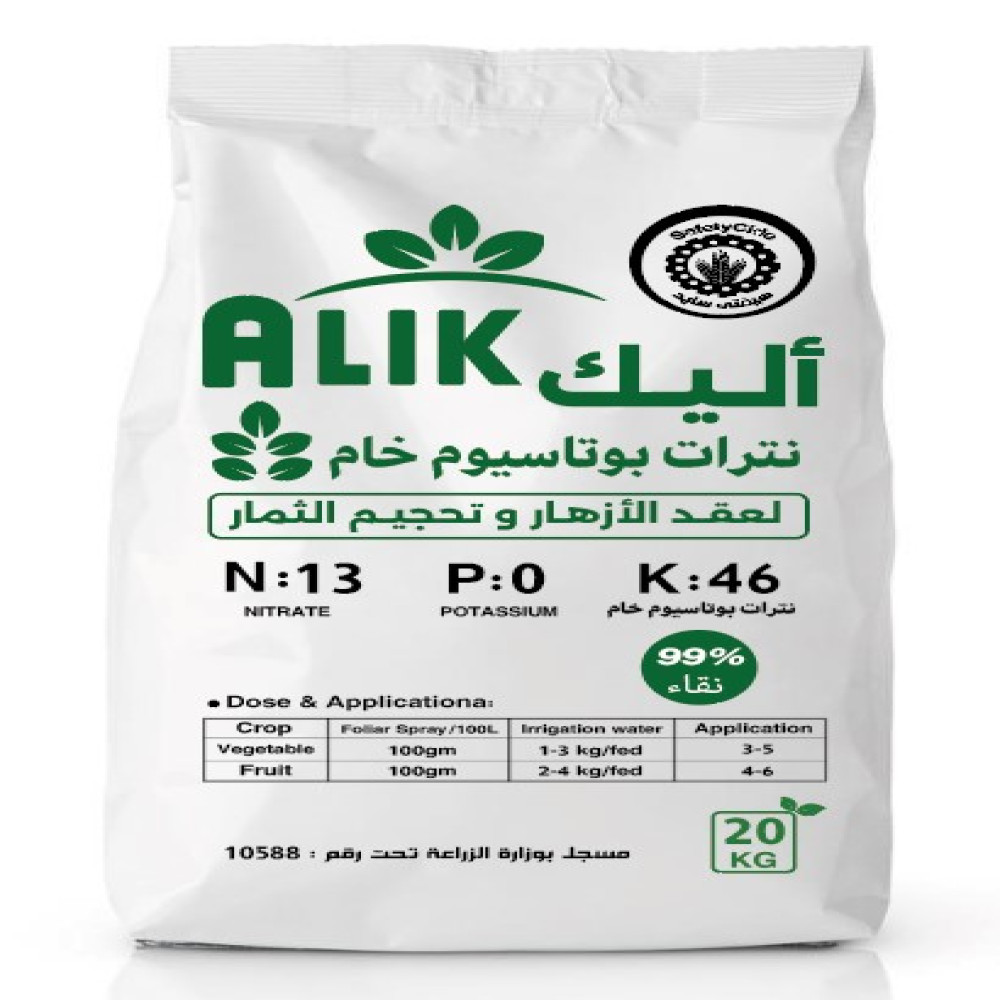
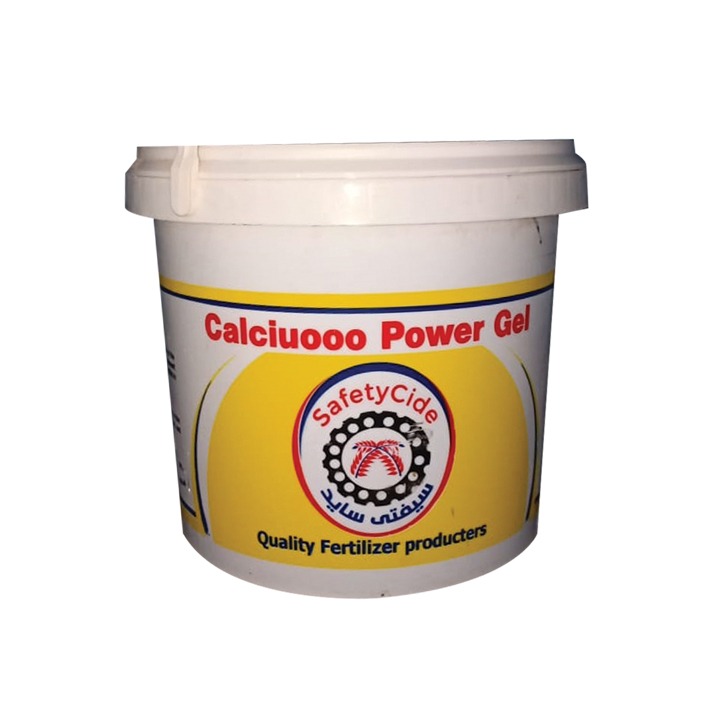


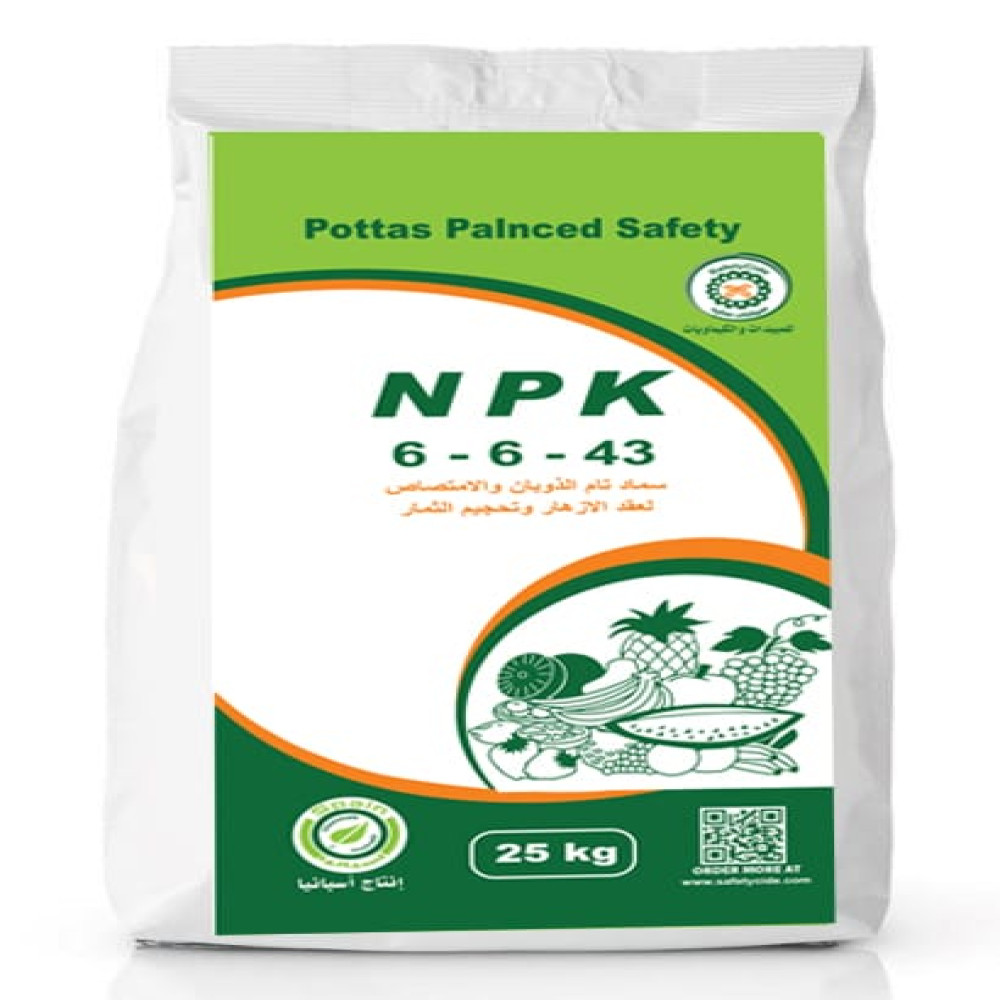
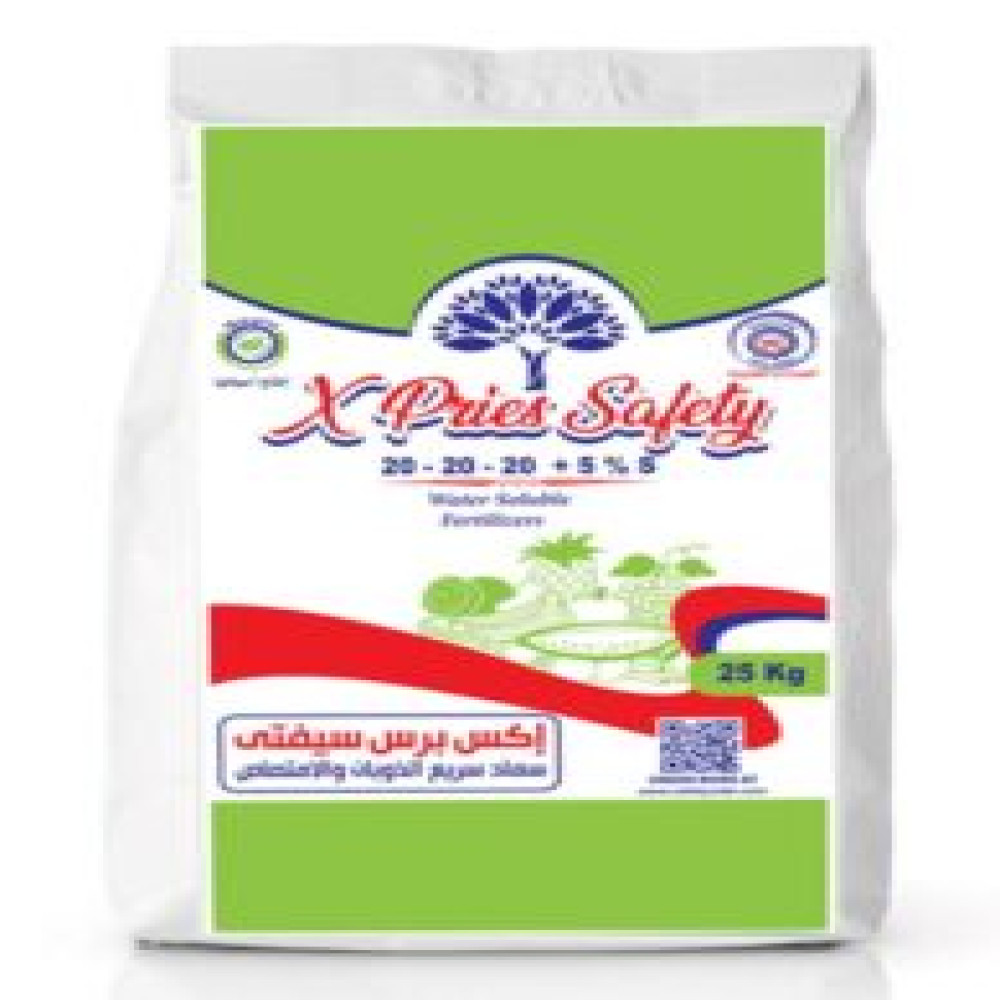

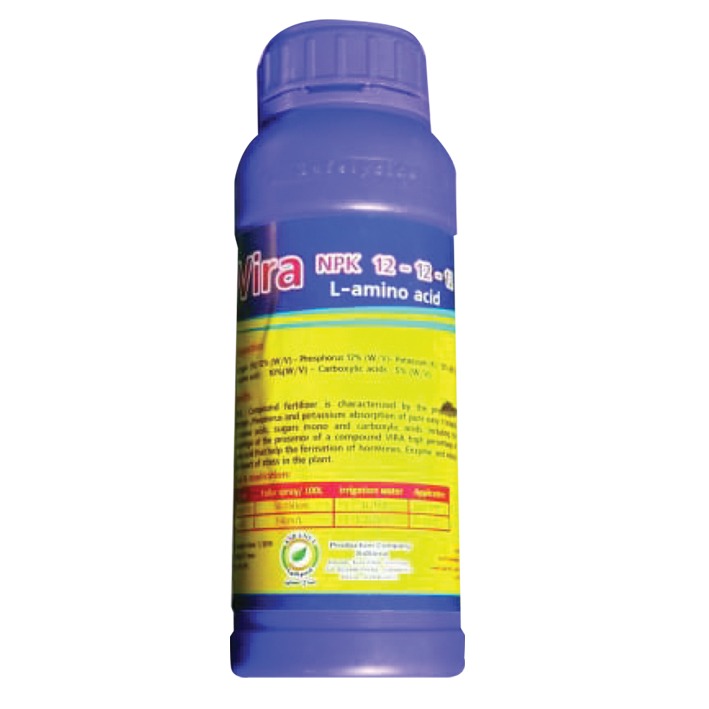

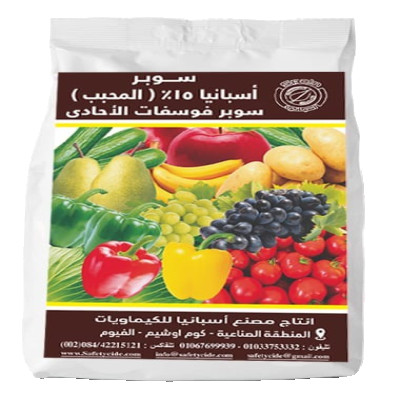


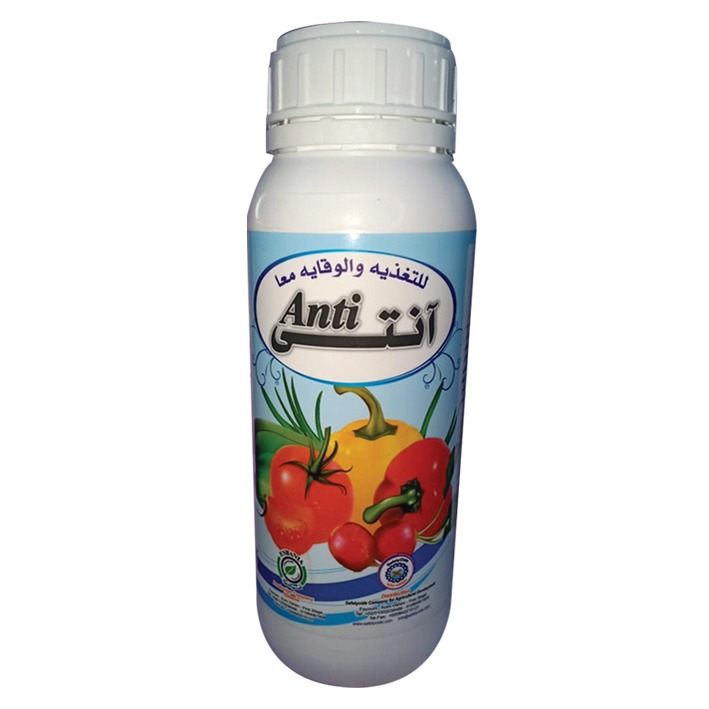
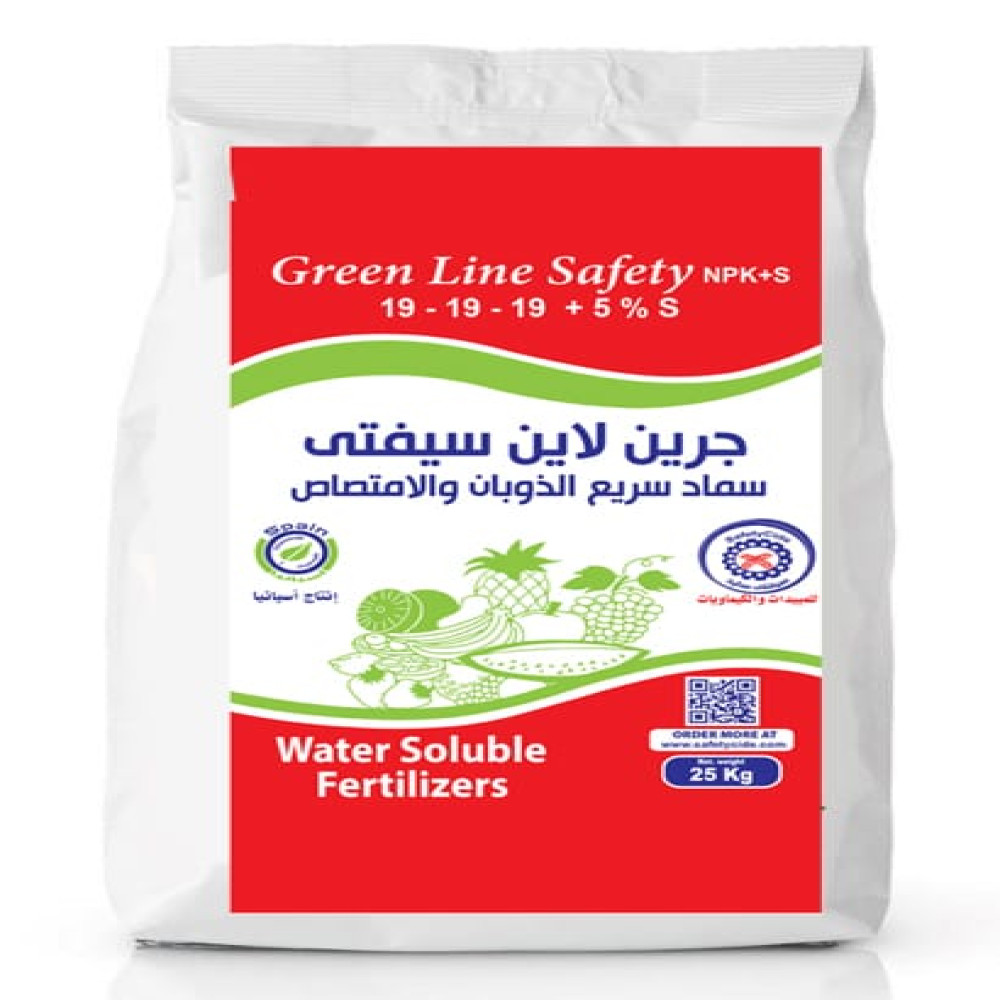
Reviews
There are no reviews yet.